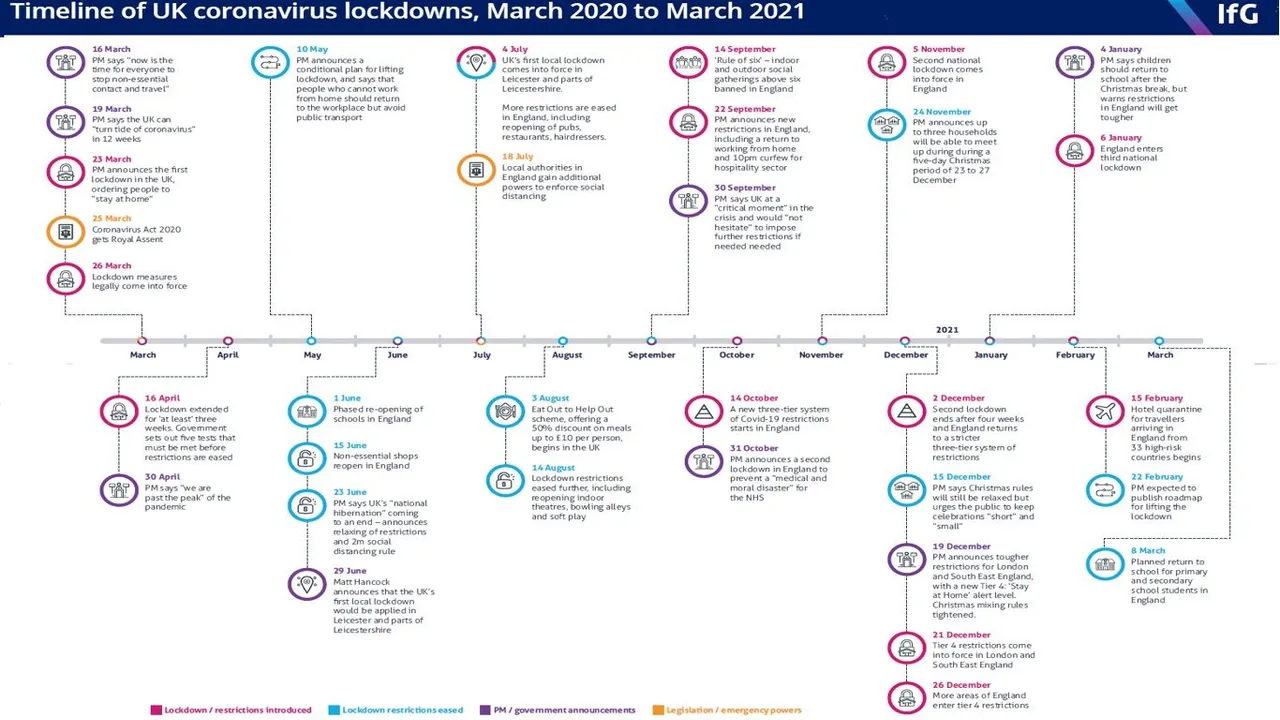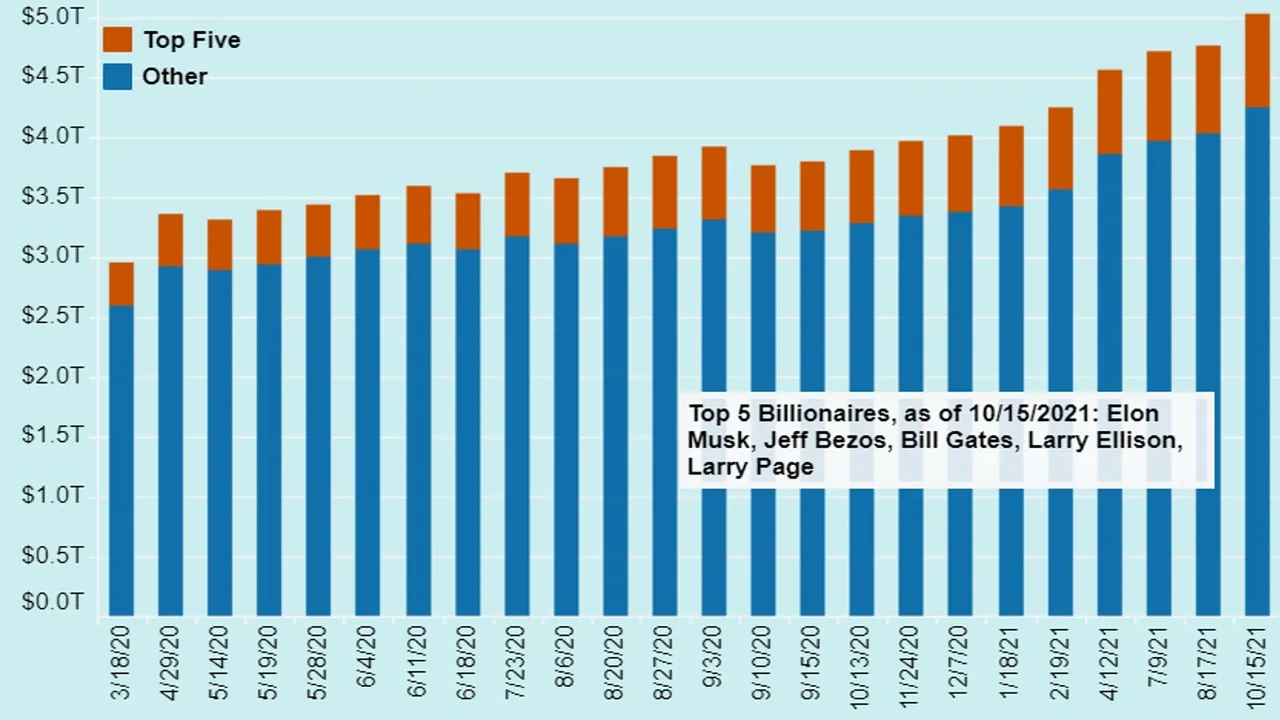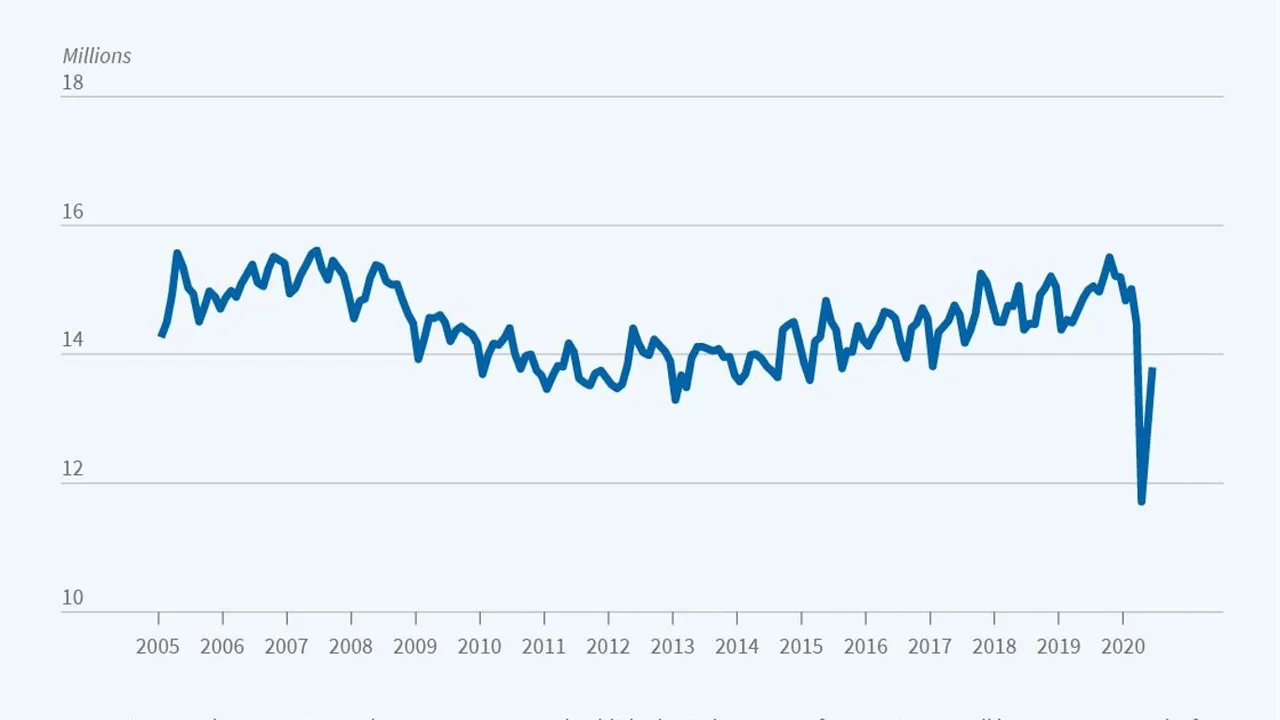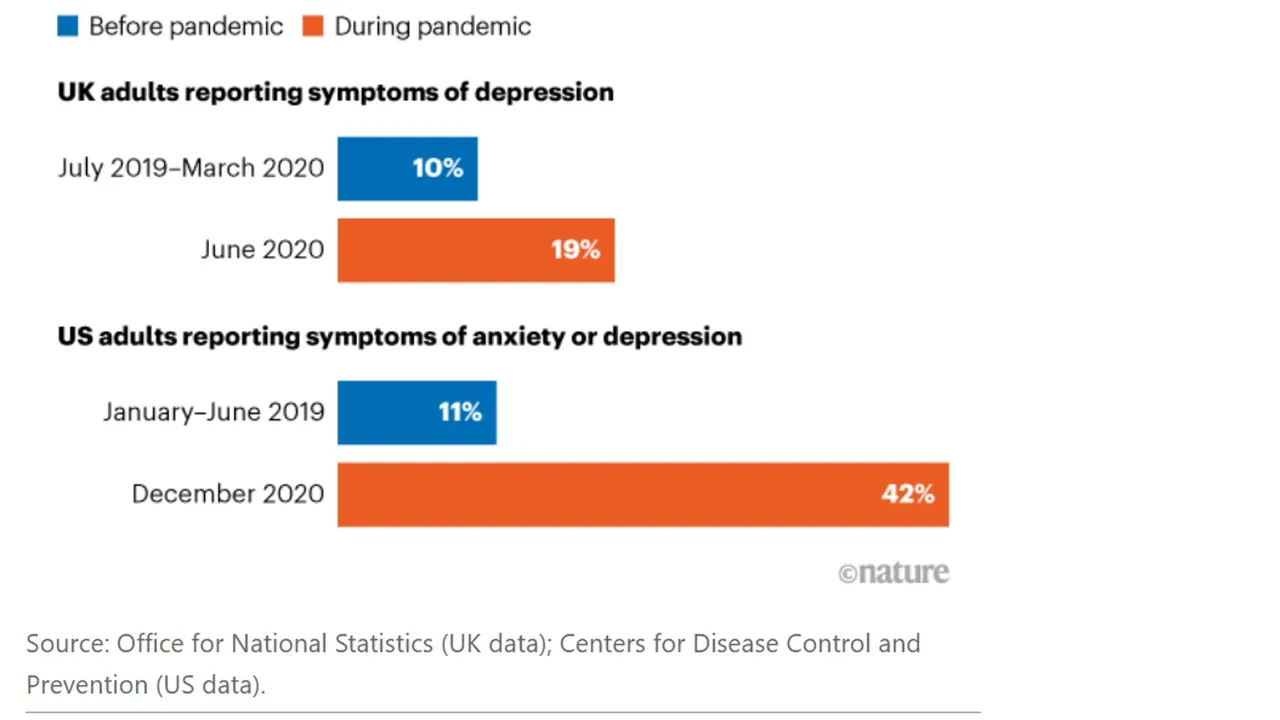Hi Everyone,

Welcome to Part 2 of my 3-Part Covid-19 Assault series. In this post, I discuss the effectiveness of the Covid-19 closures and lockdowns from the perspective of the establishment (i.e. Government, multinational corporations, banks, media, major religious groups, etc.). Before I discuss the content of this post, I have provided a brief overview of the series to provide additional context. I also recommend that you read the first post in this series. The link is in the section below.
Overview of the Series

Most Governments around the world have been using the Covid-19 pandemic as an all-out assault on humanity. I do not know all the motives for this coordinated assault but the core reasons will be based on the desire for more wealth and power. In my post, Power, Money and Me Me, I describe people’s actions and how they link to their motivations and desires. Within our current systems, people that desire power and wealth the most, in respect to anything else, are the ones that attain it.
In this series of posts, I want to discuss several important questions regarding the Covid-19 pandemic. I aim to discuss these questions from the perspective of the establishment. I am basing my discussion on the assumption that the most powerful people in the establishment only care about power and wealth. Some of them are more inclined towards power and others more towards wealth accumulation.
The questions I will be discussing are as follows:
- Part 1: Was extending the pandemic a successful strategy?
- Part 2: Were the forced closures and lockdowns effective?
- Part 3: Was the rapid implementation of totalitarian laws effective?
Were the forced closures and lockdowns effective?

On 11 March 2020, the World Health Organisation (WHO) declared Coivd-19 as a pandemic (WHO). The response by most countries was to lockdown. In March and April 2020, 100 countries implemented some form of lockdown (Aura Vision). In most cases, these lockdowns lasted several months. After the first wave of lockdowns, many countries continued with some form of restrictions as well as intermittent lockdowns or partial and/or regional lockdowns. The restrictions and lockdown approaches were and still are constantly changing. The restrictions and inconsistent implementation and guidance have caused considerable interruption to people and businesses. As an example, Figure 1 contains the Covid-19 lockdown strategy for the UK.
Figure 1: UK Covid-19 Lockdown Strategy

In April 2020, I posted an 8-Part series where I discussed the potential impact of actions taken by Governments’ on health, the economy, and society as a whole. In Part 1 and Part 2 of the series, I discussed the responses taken by different countries. Many of the countries that applied the social distancing approach enforced through lockdowns had the highest reported death rates. Yet, lockdowns became the practice most countries kept with despite the success of countries such as Sweden, and South Korea that choose not to lockdown during the first wave.
Objectives of the closures and lockdowns

Before we can discuss the effectiveness of the closures and lockdowns, we need to understand the objectives of those implementing and supporting them. Their objectives are different from the ones they announce and different to the ones many of the public believe or expect. I have listed what I believe are the main objectives. This is based on what I have observed and the information I have managed to obtain from various sources.
- Transfer of wealth from the majority of the population to the richest.
- Destroy small businesses.
- Create dependency on the Government.
- Expand Governments’ power and authority.
- A threat to push people into taking the vaccines.
- Create precedent for other lockdowns for future emergencies.
- Disrupt education.
Transfer of wealth from the majority of the population to the richest
Wealth transfer from the general population to the richest people in the world is the most apparent reason for the lockdowns. Many small businesses are in sectors that require face-to-face contact with customers. Therefore, the lockdowns prevented them from earning any revenue. Many large businesses are in sectors that have minimal face-to-face contact with customers. Therefore, they conduct or could easily switch to conducting operations online. The large companies that were affected by the lockdowns could survive much longer with limited revenue as they have the resources to do so. When restrictions were eased, they could more easily commence operations and were better positioned to earn revenue that may have gone to smaller businesses. Figure 2 contains the increase in wealth of billionaires during the pandemic.
Figure 2: Growth in Billionaire Wealth during the Covid-19 Pandemic

Source: Institute for Policy Studies and Americans for Tax Fairness cited by Inequality Org
The motives for this objective is clear. People who are part of or are linked to the establishment crave the accumulation of wealth. Governments enable them to do so in exchange for opportunities to gain more power (discussed later in the post).
Destroy small businesses
If the lockdowns had been short and followed by minimal restrictions, many small businesses that failed could have survived despite the lost revenue. However, maintaining social distance laws meant many small businesses could not operate or only in very limited capacity. Closures of many months proved too much for many small businesses. Figure 3 contains the number of active business owners in the USA between 2005 and 2020.
Figure 3: Number of Business Owners USA 2005-2020

Source: NBER
Having fewer businesses offers many advantages to the establishment. These include:
- Less competition for bigger firms (i.e. more monopoly power).
- Less entrepreneurs and more employed workers.
- Enables greater control over the public.
- Enables greater control of products available to the public.
Create dependency on the Government
The lockdowns and restrictions have cut people off from income from working. Many people live from paycheck-to-paycheck. According to CBS News, in 2019, 40% of Americans did not have sufficient liquid assets to pay for their daily needs if they went without income for one month. People became forced to rely on Government payouts to survive when their income was forcibly stopped. As the lockdowns and restrictions persisted, people’s dependency grew stronger. The cost of supporting these people also grew larger. This cost will eventually need to be funded. It is likely that those being supported by Government payments will be the people paying the largest portion of these costs over the next few decades. This will render them even more dependent on the Government when the next crisis that ‘requires’ lockdowns occurs.
If the public become dependent on the Government, it gives the Government more power. They can threaten to take away financial support or cut-off income, if the public become hesitant to comply with proposed measures (most likely designed to gain more power and remove more freedom). To gain even more control, the Government could also add more conditions to the payouts they offer. They could also offer tax relief to people who comply with guidance. The potential power gain from creating dependence is huge. Big business also stands to gain from a workforce who are compliant to rules and laws set out to benefit them.
Expand Governments’ Power and Authority
Attempting to increase power and authority without reason or through violence has proven to be unsuccessful throughout history. People come together and resist. Lockdowns are being promoted to protect public health and are for the benefit of society. If this lie can convince a substantial number of people, the Government might be able to gain more power and authority. The Government have done so well at convincing people lockdowns are necessary that the people are asking for even more lockdowns and restrictions; see Part 1.
Lockdowns may become so frequent that they will eventually become normalised. For example, income tax was only intended as a temporary measure when first introduced but now is rarely even questioned (Politics.co.uk). If lockdowns are normalised, they will occur more frequently and possibly even without reason. This will give the Government a free run to manipulate the economy and society for whatever reasons the establishment deems will benefit them the most.
A threat to push people into taking the vaccines
Most people do not enjoy lockdowns. They have caused businesses to close, more unemployment, loss of freedom to travel, loss of freedom to participate in social events, and many other hindrances. Lockdowns have contributed to a massive jump in mental health issues; see Figure 3 for a comparison of reported depression between 2019 and 2020 in the UK and USA.
Figure 3: Depression in the UK and the USA

Source: Nature
Government and their medical experts and scientists are promoting the vaccines as the only solution to end the pandemic and the lockdowns that are supposedly stopping the spread. Therefore, having the vaccine would enable people to get their lives back to normal. However, that has not been the case. Government have used the new variants as an excuse to continue the lockdowns and are saying that people should continue receiving more jabs to prevent further lockdowns. Some Governments have even resorted to using health passports/certificates/passes. These are implemented to “lockdown” people who have not been vaccinated. In France and Italy, the proposed introduction of such certificates has led to increased demand for the vaccines (France24). It appears the fear of exclusion from society is working.
Create precedent for other lockdowns for future emergencies
Implementing a lockdowns is a radical action to take. It is likely to be met with considerable resistance. Therefore, there needs to be very strong reasons (at least perceived to be) to implement one. The global panic created by the World Health Organisation (WHO) and many Governments across the world was sufficient to create minimal resistance to the first lockdowns. These first lockdowns have made it considerably easier for countries to lockdown part or whole of the country after that. The first Covid-19 lockdowns can be used as a modern day reference for any future lockdowns. Countries like New Zealand and Australia have been locking down cities and even whole States for just a handful of cases. They have faced minimal resistance. They would have faced more resistance if hundreds of other countries had not locked down prior.
We should look beyond Covid-19. Emergencies can be created almost out of thin air. Other possible emergencies for future lockdowns could include:
- Climate change (e.g. to reduce carbon from activity)
- Influenza (any other contagious disease)
- Terrorism (e.g. keep out of cities because of bomb threats)
- Energy shortages (e.g. insufficient energy to support normal activity)
- Violent crime (e.g. against women; therefore apply 8pm curfews to men)
- Riots (e.g. to prevent racial tensions in populated areas)
- Alien invasion (e.g. keep us safe from aliens)
Most of the above would have sounded ridiculous just two years ago. Currently, I would expect that more than half the population of almost any country would accept lockdowns for any of the above ‘emergencies’, if Governments, experts, media, social media, and celebrities collaborate to support them.
Disrupt education
The lockdowns have significantly affected schools. Schools were shut down for a large proportion of the year in many countries in 2020. McKinsey & Company estimated that, on average, students’ reading skills fell behind by 4 months and maths skills by 5 months. The students most effected by the lockdowns were from lower income families. This is likely to be caused by lack of access to online learning as well as less access to quality home schooling. When students fall behind in learning essential skills such as reading and mathematics, it often affects learning throughout their life. This is an even bigger problem for students from low-income families who are already at a disadvantage to wealthier students.
Disrupting the education of students, low-income in particular, works well for the establishment. A poorly educated population are less likely to resist Government. They are expected to be more compliant because they believe whatever they are told. Students from low-income families will find it harder to obtain higher paying jobs; therefore, are more likely to become dependent on Government payouts at some point. This will make them more compliant.
Verdict

Based on the seven objectives outlined in this post, the lockdowns have been mostly an initial success for the establishment. There has been a massive transfer of wealth to the richest in society (billionaires). A huge, mostly uncontested, expansion in the power and authority of Governments. Very successful vaccination programs in most countries (western in particular); see Part 1 for more information.
Lockdowns successful resulted in the closure of many small businesses. However, if the objective was to eliminate almost all small businesses permanently, the establishment have fallen short so far. Regardless of the amount of hardship the establishment throw at the small businesses, some will find a way to survive. They may not have deep pockets like the big businesses but they can be very agile and adaptive to circumstances. I do not see this as a battle the establishment will win in the long-run.
People have become more dependent on the Government to survive. What is not clear is how long this dependence will last. The establishment want it to be indefinitely, as indicated by their approach to the education systems, but that is far from guaranteed at this point. If small businesses are able to thrive again, entrepreneurship will help people move away from relying on the Government.
To ensure people remain dependent on the Government and for small businesses to continue failing more lockdowns are going to be needed. Therefore, creating a strong precedent is essential for several of the other establishment’s objectives. If future lockdowns face minimal resistance, the establishment may completely fulfil all of their objectives.
I believe Governments may have overestimated their own education systems. Being deprived of an education early will be a great hindrance but the quality of education offered by State schools is very debatable. It is possible that students will be able to catch up and even exceed what they could have learned in State schools if alternative forms of education is sort. In my posts Education – Prevent, Solve, or Manage and Teaching and Learning Philosophy, I discuss how education can be improved as well as the many problems in the existing systems.
The establishment are off to a good start with achieving the objectives I outlined in this post. However, they have a long way to go to accomplish all of them fully. Prolonging the pandemic has helped them considerably, as it has helped magnify the impact of the lockdown strategies; see Part 1 for more information. We can expect the next steps to involve finding more reasons for the Government to maintain their control over the public. Part 3 of this series will take a glimpse of how the march to totalitarianism will continue and possibly be reached. The Great Reset is already upon us.
More posts

If you want to read any of my other posts, you can click on the links below. These links will lead you to posts containing my collection of works. These 'Collection of Works' posts have been updated to contain links to the Hive versions of my posts.
My CBA Udemy Course
The course contains over 10 hours of video, over 60 downloadable resources, over 40 multiple-choice questions, 2 sample case studies, 1 practice CBA, life time access and a certificate on completion. The course is priced at the Tier 1 price of £20. I believe it is frequently available at half-price.
Future of Social Media





